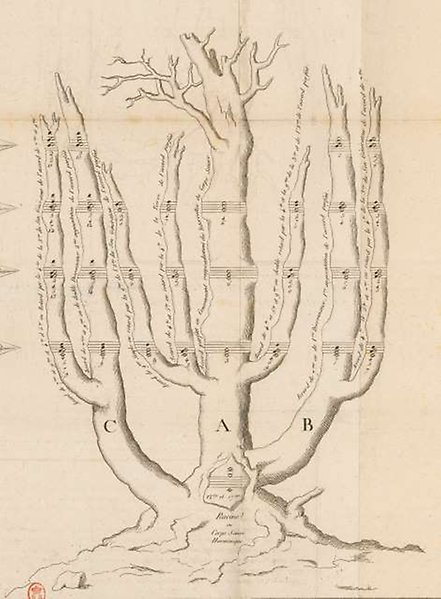The Family Tree
A History of Scientific Imagination
Grundinformation
- Finansiär: Åke Wibergs stiftelse & Stiftelsen Göransson-Sandviken Stipendiefond
Detta projekt är avslutat
Beskrivning
Family trees have become so fundamental to the way we think about evolution that we barely notice them. Still their introduction into the modern sciences preceded the rise of evolutionary theory, and had nothing to do with it. Before the family tree was generally adopted as a metaphor and model of evolutionary development, it served scientists and scholars as an image of natural hierarchy and perfect order.
While there is a rich literature concerned with tree diagrams in the history of science, the early part of this history has largely gone unnoticed. Privileging those fields of knowledge where trees subsequently prevailed, most historical accounts have instead focused upon the canonized authors of the late nineteenth century, their iconic designs, and their potential sources of inspiration. Where earlier tree diagrams in natural history and language studies occasionally feature in the literature, they are typically presented as imperfect revelations on the road to discovery. Trees produced within other fields of learning have, for their part, been generally overlooked.
In my doctoral dissertation, I turned my attention to post-revolutionary France, when family trees were first set to work in natural history and language studies. The significance of the time and place can hardly be overstated; the Revolution had just brought an end to the old regime of inherited privileges. In the final decade of the eighteenth century, revolutionaries were literally burning the genealogical records of the nobility. Yet a few years later, in the first decade of the nineteenth century, scholars across a range of disciplines appropriated the shape of genealogy to visualize the order of things. In disentangling these early employments from the expectations of the present, and in re-entangling them with their own time and place, my dissertation argued that early family trees were not genealogical in the sense that we understand the term today. Hierarchy – not history – was at stake, as genealogical trees were re-purposed to offer a vision of natural and perfect, even divinely instituted order.
In this the new project, I address the implications of my earlier findings. For even as Charles Darwin explicitly stated that others before him had employed tree images to visualize natural order, the fact that family trees were around in the sciences before the rise of evolutionary theory has not yet been properly considered. What is the relation between early employments of family trees by lesser-known scientists and scholars, and later employments at the hands of canonized authors? What role, if any, did the family tree play in the shaping of evolutionary theory?
An ambitious study of scientific metaphors, visual culture, and historical epistemology, this project fundamentally rethinks the place of tree diagrams and genealogical metaphors in the history of science. It offers not only a very different account of the rise of tree thinking in the modern sciences, but also a generalizable approach to the interplay of metaphors, visual culture and knowledge production in the history of science.

Detail from Henri Montan Berton’s “Family Tree of Chords” (Arbre généalogique des accords), first published in Paris in 1807. Photo © Bibliothèque nationale de France.
Om projektet
Projektperiod:
2020–2022
Finansiär:
Åke Wibergs stiftelse & Stiftelsen Göransson-Sandviken Stipendiefond
